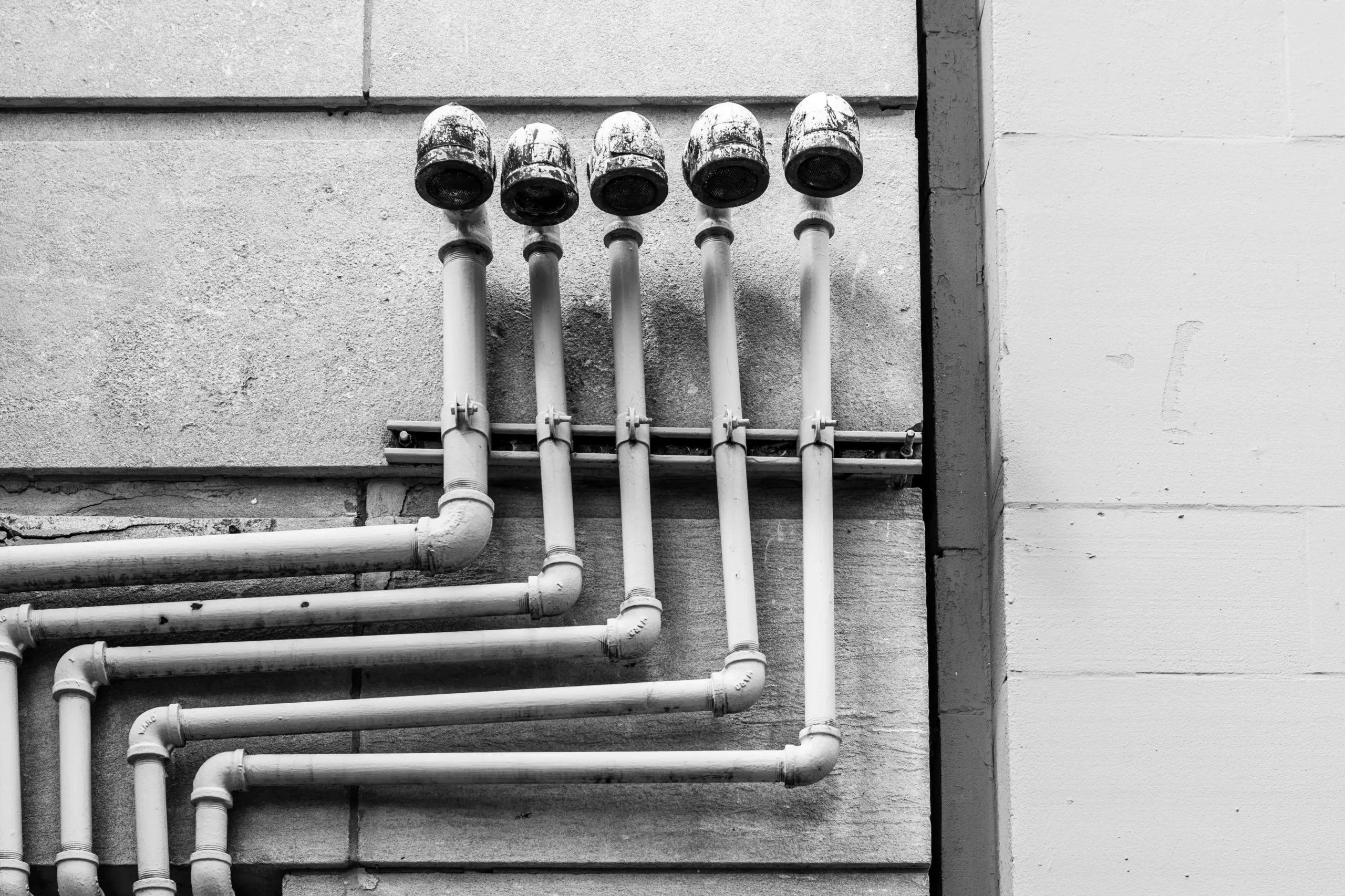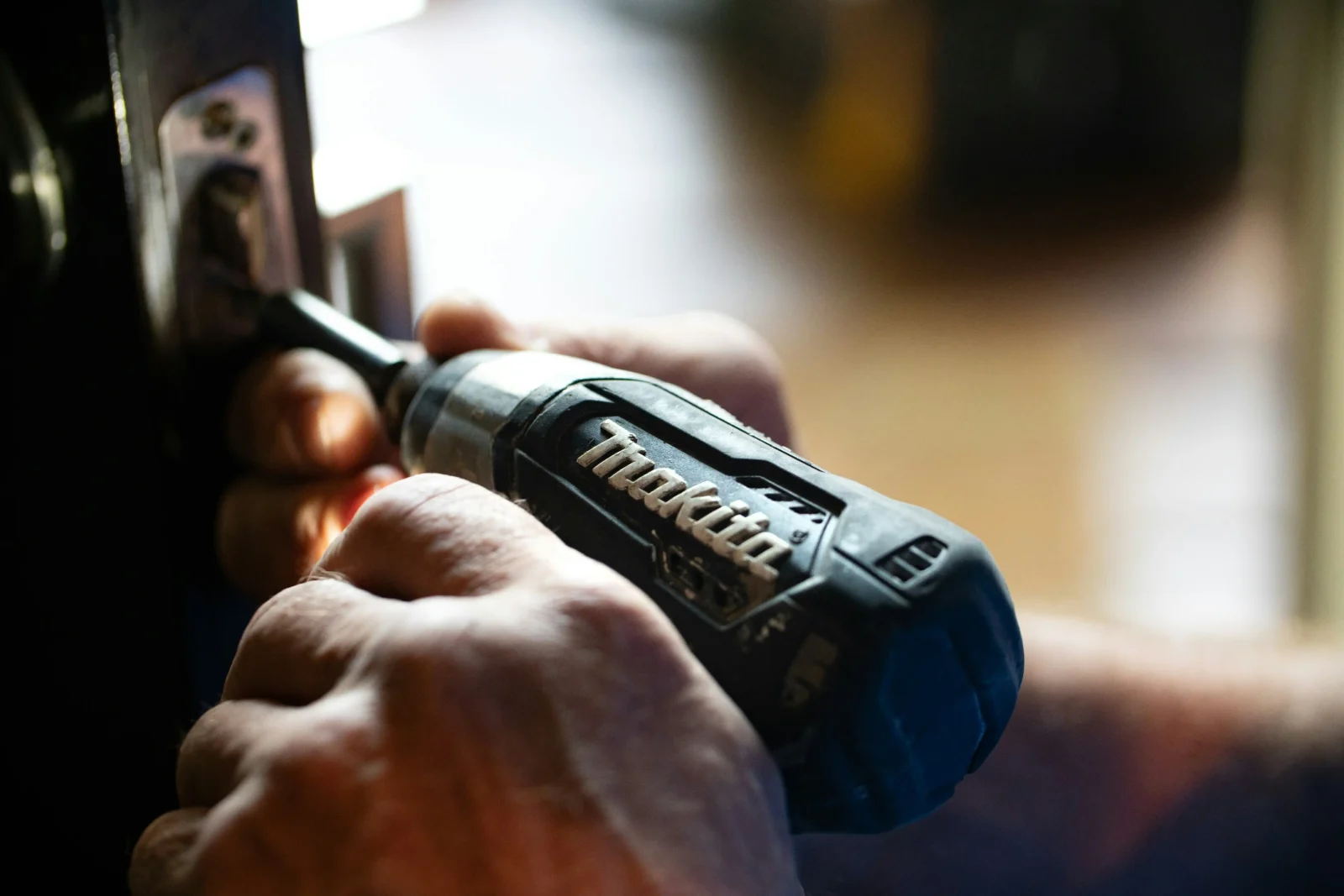- Home
- Articles
- Architectural Portfolio
- Architectral Presentation
- Inspirational Stories
- Architecture News
- Visualization
- BIM Industry
- Facade Design
- Parametric Design
- Career
- Landscape Architecture
- Construction
- Artificial Intelligence
- Sketching
- Design Softwares
- Diagrams
- Writing
- Architectural Tips
- Sustainability
- Courses
- Concept
- Technology
- History & Heritage
- Future of Architecture
- Guides & How-To
- Art & Culture
- Projects
- Interior Design
- Competitions
- Jobs
- Store
- Tools
- More
- Home
- Articles
- Architectural Portfolio
- Architectral Presentation
- Inspirational Stories
- Architecture News
- Visualization
- BIM Industry
- Facade Design
- Parametric Design
- Career
- Landscape Architecture
- Construction
- Artificial Intelligence
- Sketching
- Design Softwares
- Diagrams
- Writing
- Architectural Tips
- Sustainability
- Courses
- Concept
- Technology
- History & Heritage
- Future of Architecture
- Guides & How-To
- Art & Culture
- Projects
- Interior Design
- Competitions
- Jobs
- Store
- Tools
- More
How to Create a Year-Round Plumbing Maintenance Routine for Your Home

Regular plumbing maintenance stands as one of homeownership’s most critical responsibilities, yet it’s surprisingly easy to overlook until disaster strikes. Picture this: you wake up to find your basement flooded from a burst pipe, or you discover that a hidden leak has been silently wreaking havoc behind your walls for months. These scenarios aren’t just inconvenient—they’re financially devastating. The solution? Establishing a consistent maintenance routine with quality tools and materials from a reliable plumbing shop, paired with systematic inspections and year-round vigilance.
Understanding Your Home’s Plumbing System
Think of your home’s plumbing as a circulatory system—multiple components working in harmony to keep everything flowing smoothly. Supply pipes act as arteries, delivering fresh water throughout your house, while fixtures like sinks, toilets, and showers serve as access points. Your water heater functions as the heart of hot water distribution, and drainage systems work like veins, carrying waste away from your living spaces. Shut-off valves act as control points, allowing you to isolate different areas when needed.
When these components function properly, you enjoy consistent water pressure, reliable temperature control, and efficient waste removal. Understanding this interconnected network helps you recognize warning signs before minor hiccups turn into major catastrophes.
Key takeaway: Knowing your plumbing system helps you spot issues early and maintain efficiency.
Essential Plumbing Maintenance Tasks

Regular Inspections
Think of monthly visual inspections as your first line of defense against plumbing disasters. Grab a flashlight and take a tour under sinks, around toilet bases, and along any exposed pipes. You’re looking for telltale signs of trouble: even the smallest drips, rust or corrosion on metal components, mysterious water stains on walls or ceilings, and any unusual odors that might signal hidden problems lurking behind walls.
Water pressure deserves attention too—optimal pressure falls between 40-80 psi. A simple pressure gauge attached to an outdoor spigot gives you accurate readings. Keep a maintenance log to track changes over time, as gradual pressure drops often indicate developing issues.
Drain and Fixture Care
Preventive drain care ranks among the smartest investments you can make in your home’s plumbing health. Monthly drain cleaning using the classic baking soda and vinegar combination works wonders, while kitchen sink strainers catch food debris before it causes blockages downstream.
Don’t overlook your faucets and showerheads—remove and clean aerators quarterly to prevent mineral buildup that restricts water flow. Your toilets need attention too. Check that flappers create proper seals, as faulty flappers can waste hundreds of gallons monthly through silent leaks. Watch for warning signs like slow drainage, strange gurgling sounds, or persistent odors that suggest deeper problems.
Water Heater Maintenance
Your water heater deserves annual attention to keep it running efficiently and extend its lifespan. Flushing the tank once yearly removes sediment buildup that acts like an insulating blanket, forcing your heater to work harder and potentially shortening its life. While you’re at it, inspect the unit for rust or corrosion, test the pressure relief valve to confirm it’s working properly, and adjust the thermostat to 120°F—hot enough to meet your needs while preventing scalding and optimizing energy consumption.
Key takeaway: Annual water heater maintenance extends its lifespan and improves efficiency.
Seasonal and Annual Checks
Seasonal preparation prevents weather-related disasters. Before winter arrives, insulate outdoor pipes and disconnect garden hoses. Test your sump pump before heavy rain seasons to ensure it’s ready when you need it most. Schedule comprehensive annual inspections covering all plumbing components, and update your home’s plumbing map whenever you make changes or additions.
Tools and Supplies Every Homeowner Should Have
Smart homeowners keep essential tools within easy reach: an adjustable pipe wrench, a quality plunger (invest in a good one—you’ll appreciate it during emergencies), plumber’s tape for quick fixes, a drain snake for stubborn clogs, and a sturdy bucket for catching drips or overflows. Having these basics on hand means you can tackle minor problems immediately, often preventing them from escalating.

Expert tip: Replace standard rubber washing machine hoses with stainless steel braided versions—they’re more durable and far less likely to burst unexpectedly.
When to Call a Professional
While DIY maintenance handles routine upkeep beautifully, some situations demand professional expertise. Major leaks, persistent low water pressure affecting your entire house, sewer line issues, or anything involving gas lines should always be left to licensed professionals. There’s no shame in calling for backup when problems exceed your comfort zone—it’s actually the smart move.
Key takeaway: Timely professional help can prevent small issues from becoming major repairs.
Conclusion
A proactive plumbing maintenance routine pays dividends in multiple ways: substantial cost savings, invaluable peace of mind, and extended system longevity. Develop a personalized maintenance schedule that meshes with your lifestyle, and keep essential tools easily accessible for quick responses to minor hiccups.
Here’s the bottom line: investing a little time and attention today can save you from major headaches tomorrow. Make plumbing maintenance a cornerstone of your home care routine—your future self will thank you.
illustrarch is your daily dose of architecture. Leading community designed for all lovers of illustration and #drawing.
Submit your architectural projects
Follow these steps for submission your project. Submission FormLatest Posts
Online 3D Terrain Mapping Tools for Urban and Landscape Design in 2025
A curated guide to the best online 3D terrain mapping tools in...
10 Interesting Facts About Zaha Hadid
Zaha Hadid was a visionary architect whose fluid forms, bold experimentation, and...
Common Emergency Repairs Every Homeowner Should Be Ready For
For most of us, when something goes wrong, we have a propensity...
Designing, Retrofitting, and Valuing Non-Standard Homes in Britain
Britain’s housing stock carries a quiet contradiction. From the street, many homes...












Leave a comment